
Written By:
 Dr. Prof S M Rajendran
Dr. Prof S M Rajendran
 Dr. Prof S M Rajendran
Dr. Prof S M Rajendran
Published On: 15 Apr, 2020 10:57 AM | Updated On: 12 Dec, 2025 1:02 AM
All That You Should Know About COVID-19 Or Coronavirus
How is it spread
Symptoms of coronavirus
- Fever
- Cough
- Shortness of breath
- Some patients also have aches and pains, nasal congestion, runny nose, sore throat or diarrhea
Preventive measures
- Practice social distancing
- Avoid gatherings such as melas, haats, gathering in religious places, social functions, etc.
- Maintain a safe distance of at least one meter between you and other people when in public places, especially if they are having symptoms such as cough, fever etc. to avoid direct droplet contact.
- Stay at home as much as possible
- Avoid physical contact like handshakes, hand holdings or hugs
- Avoid touching surfaces such as tabletops, chairs, door handles, lift buttons etc.
- Practice good hygiene
- Wash your hands frequently using alcohol-based hand rubs as well as soap and water
- After coming home from outside or meeting other people especially if they are ill
- After having touched your face, eating or feeding children
- Before and after using toilet, cleaning etc.
- Use sanitizers in case soap and water is not available
- Self-care
- Take all preventive measures that you are talking about community such as keeping safe distance, washing hands frequently including before and after home visits. Carry your own soap
- If you are visiting or accompanying a suspected case to any health facility, make sure to cover both your mouth and nose with folded cloth or mask
- If you are conducting community meetings or supporting outreach sessions the groups should not be larger than 10-12 people
- Maintaining safe distances for those living in crowded areas or the homeless is going to be difficult. Even then you should inform them about preventive measures and support them as required.
- Self-monitor for signs of illness and report to the medical officer, immediately if symptoms develop

Dr. Prof S M Rajendran
Dr. Prof S M Rajendran is a General Physician and Diabetologist and has an experience of 50 years in these fields. He completed MBBS from University Of Madras, India in 1970. He is a member of Indian Medical Association (IMA) and Fellowship in Royal College Of Physicians. Some of the services provided by the doctor are: Allergy Treatment, Filaria Treatment and Viral Fever Treatment etc.


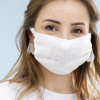
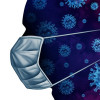
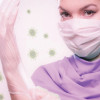
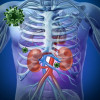
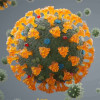
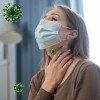
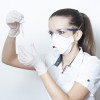
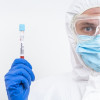
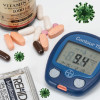


Please login to comment on this article